The Bamboo Seed
Giant Bamboo Seeds - Dendrocalamus giganteus
Giant Bamboo Seeds - Dendrocalamus giganteus
Couldn't load pickup availability
Giant Bamboo Seeds for sale
- Quantity 30+ Giant Bamboo seeds for sale
- USDA Hardiness Zone 9-12; in colder zones if winterized
- Scientific name: Dendrocalamus giganteus
- Giant Bamboo Seeds
- Clumping Dragon Bamboo seeds
- Tropical Bamboo Seeds
- Height to 100'
- Avg. days to first germination: 6-10
- When to Germinate: Any time
-
How to Germinate
Characteristics of Dendrocalamus giganteus Giant Bamboo Seeds
Dragon bamboo (Dendrocalamus giganteus), commonly known as Giant Bamboo or Clumping Giant Bamboo, is one of the largest species of bamboo in the world. It is native to Southeast Asia, specifically found in regions such as India, Sri Lanka, Bangladesh, and Myanmar. It is often referred to regionally as Bhalu bans or Dhungre bans.
|
|
Here are some characteristics of Dendrocalamus giganteus:
In terms of growth, Dendrocalamus giganteus is a clumping bamboo, which means that it grows in groups of culms that originate from a single rhizome. The rhizomes grow horizontally, producing new culms each year, while the old ones die back. With proper management, such as regular pruning and fertilization, a Dendrocalamus giganteus plantation can reach full production in just a few years. However, like most bamboo species, Dendrocalamus giganteus can also become invasive if not managed properly. Natural History of Dragon Bamboo Dendrocalamus giganteusGiant Bamboo seeds produce a large and impressive bamboo species with notable features. A brief summary of its natural history includes: |
About Giant Bamboo
Giant bamboo is a type of bamboo that is native to China, and is widely cultivated in other parts of Asia and around the world. It is one of the largest bamboo species, with mature stems reaching heights of up to 100 feet (30 meters) and diameters of up to 7 inches (18 cm).
Giant bamboo is highly valued for its versatility and many uses, including as a building material, as food for humans and animals, as a source of fiber for textiles and paper, and for its ornamental value in gardens and landscapes. The culms (stems) of giant bamboo are known for their strength and durability, and are commonly used for construction of houses, furniture, and other structures.
In addition to its practical uses, giant bamboo is also highly valued for its aesthetic beauty, and is often used in landscaping and as a decorative plant in gardens and public spaces. Its distinctive tall, straight culms and lush green leaves make it a popular ornamental plant in many parts of the world.
Additional Information About Dragon Bamboo Dendrocalamus giganteus Giant Bamboo seeds
Family: Poaceae
Genus: Dendrocalamus
Species: D. giganteus
Binomial name Dendrocalamus giganteus Munro
Synonyms Sinocalamus giganteus (Munro) Keng f.
Dendrocalamus giganteus, commonly known as giant bamboo, is a giant tropical and subtropical, dense-clumping species native to Southeast Asia. It is one of the largest bamboo species in the world.
Description
A very tall, large-culmed, grayish-green bamboo, it grows in clumps consisting of a large number of closely growing culms, and typically reaches a height of 30 meters (98 feet), but one clump in Arunachal Pradesh, India reached a height of 42 meters. Under favorable conditions, it can grow up to 40 cm per day. The record for the species, 18 inches (46 centimeters) in 24 hours, was set on July 29-30 of 1903 at Peradeniya Royal Botanical Gardens in Ceylon (Sri Lanka). In subtropical climates, it does not grow as tall, struggling to grow to 20 meters.
Culms are straight and grayish green with a powdery appearance, becoming brownish green on drying, with a smooth surface. Young shoots are blackish purple. Internode length is 25–40 cm, and diameter is 10–35 cm. Culm walls are thin, branching only at the top. Aerial roots occur up to the eighth node. The rootstock is stout.
The culm sheath is greenish when young, becoming dark brown when mature. Sheaths are large and broad, length of sheath proper 24–30 cm, and width is 40–60 cm. The blade is triangular, 7–10 cm long. The top of the sheath is rounded. Auricles are small, equal, and crisped. The upper surface of the sheath is covered with stiff, gold and brownish hairs. The under surface is glossy, and not hairy. Sheath fall off is early.
Distribution and habitat
Dendrocalamus giganteus is native to India, Myanmar, Thailand and China's Yunnan province. Its habitat is in forests and on river banks, from sea level to 2,000 metres (6,600 ft) altitude.
Uses
Dendrocalamus giganteus is used in construction and weaving. The shoots are edible.
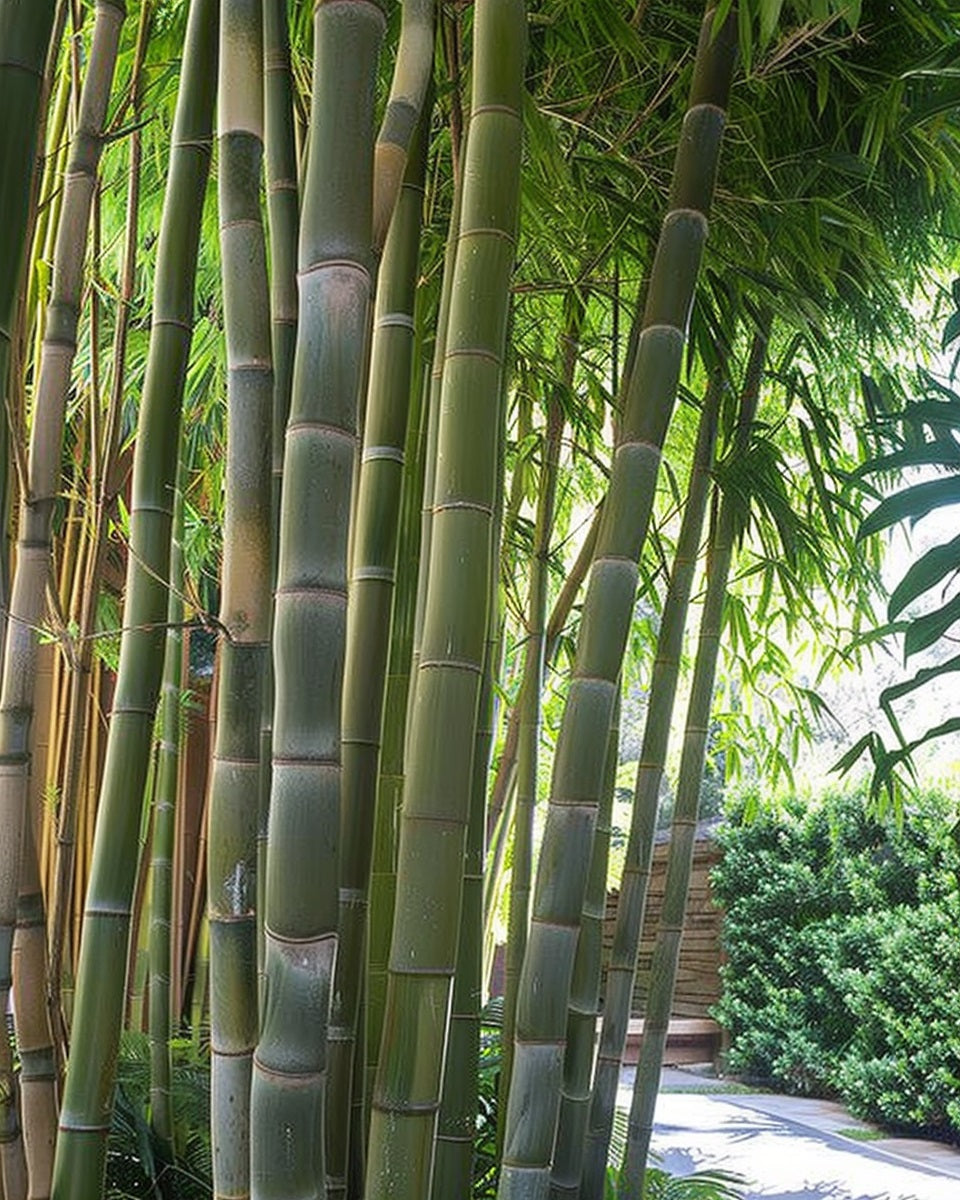
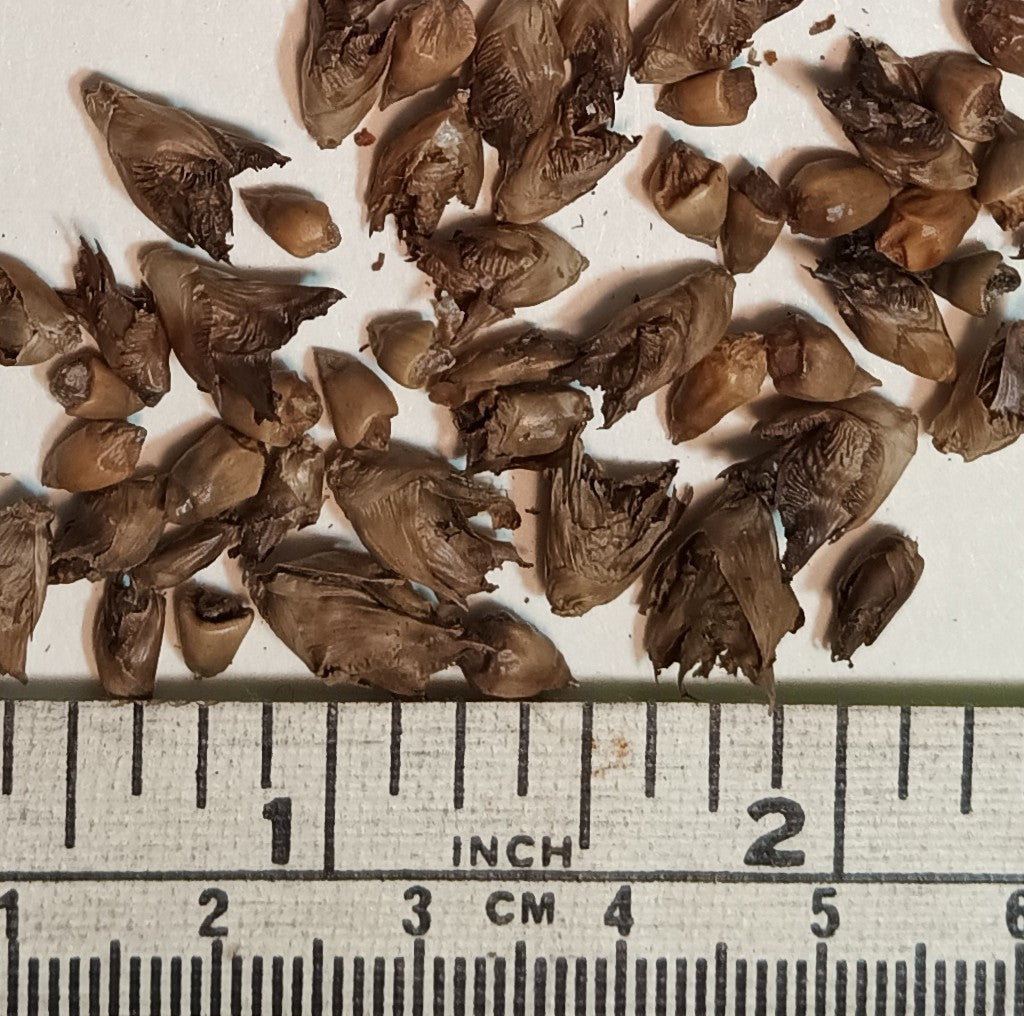
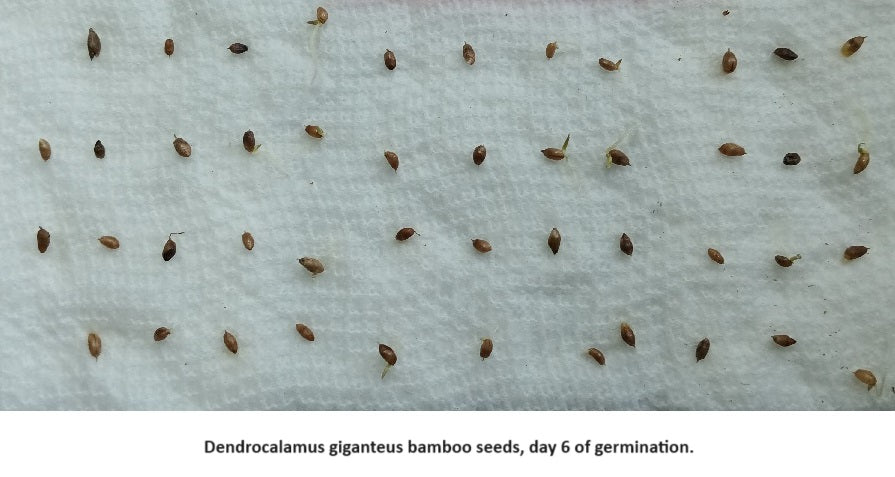
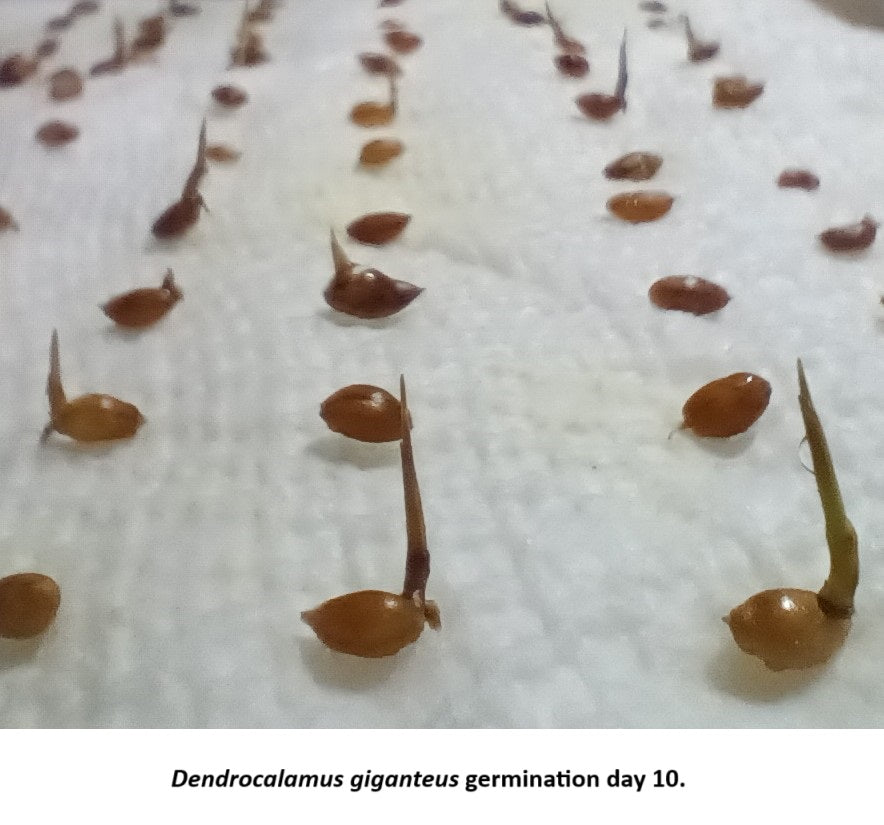
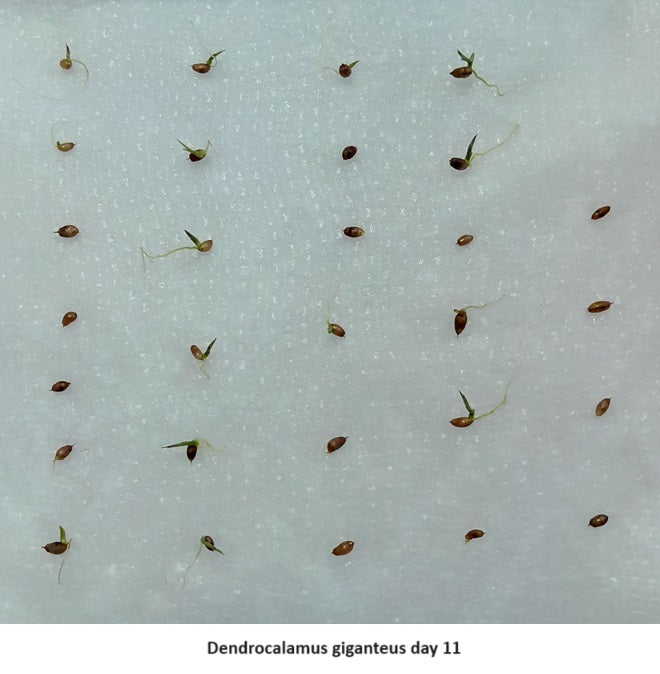
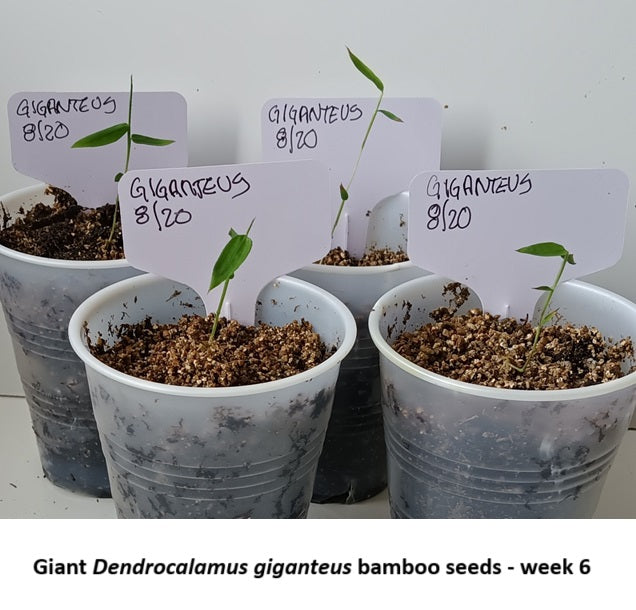
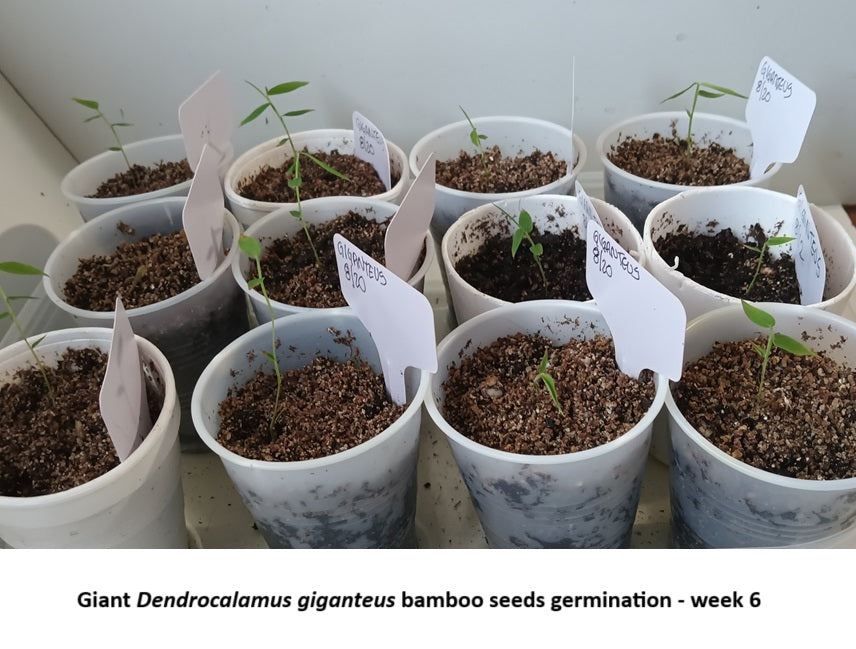
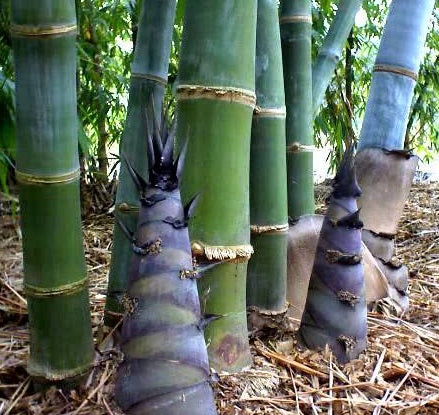
Collections
-
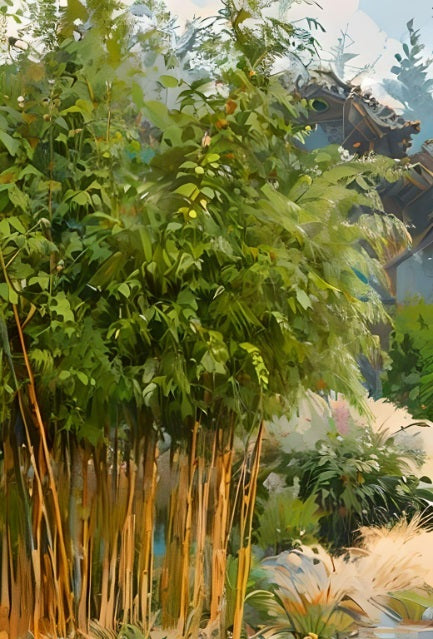
All Bamboo Seeds for Sale
Welcome to our catalog of bamboo plant seeds for sale including clumping...
-
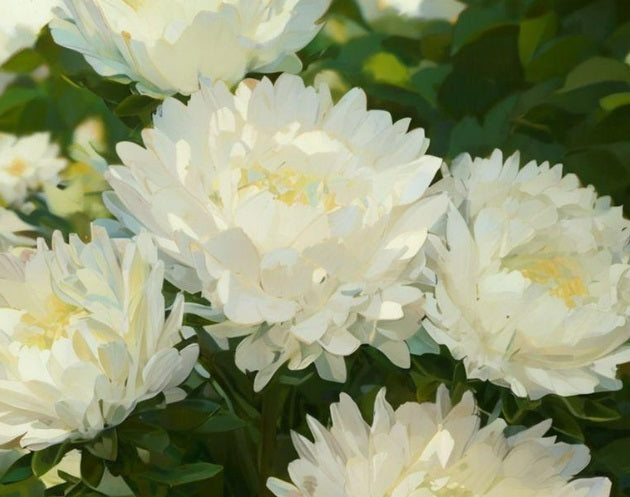
All Flower Seeds
All of our 2025 flower seeds are sold out. Please check back...
-
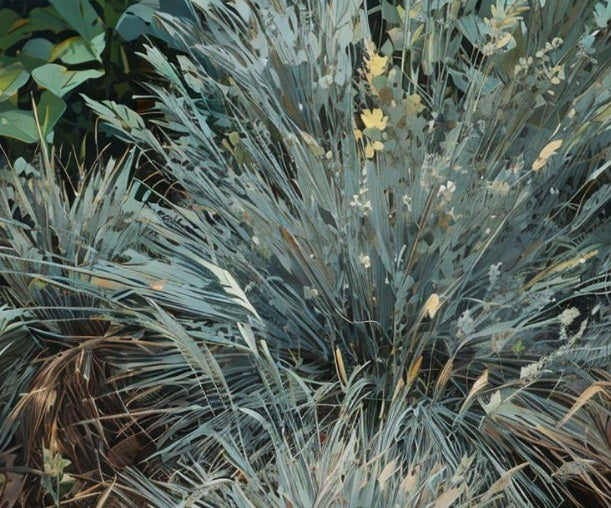
All Ornamental Grass Seeds
Grass has finally come into its own as a garden landscape centerpiece....
-
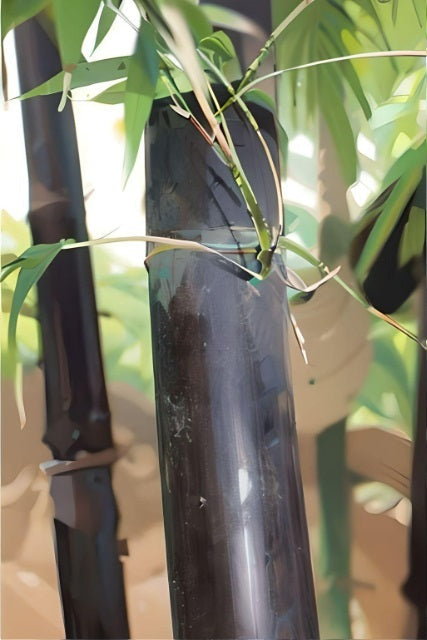
Black Bamboo Seeds
Consider Black Bamboo seeds for eye-catching bamboo varieties with lustrous black, dark...
-
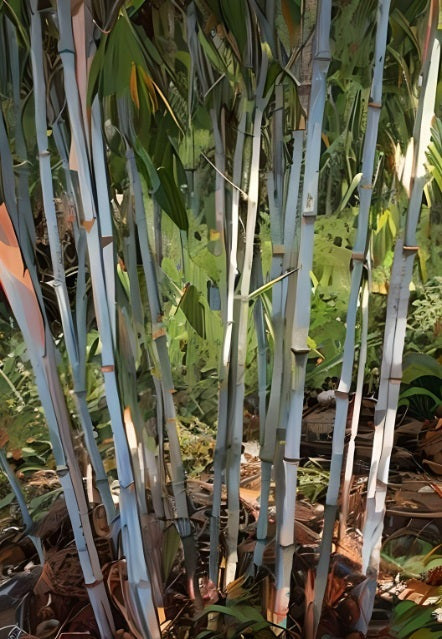
Clumping Bamboo Seeds
Clumping bamboo species grow in dense clumps or clusters that are naturally...
-
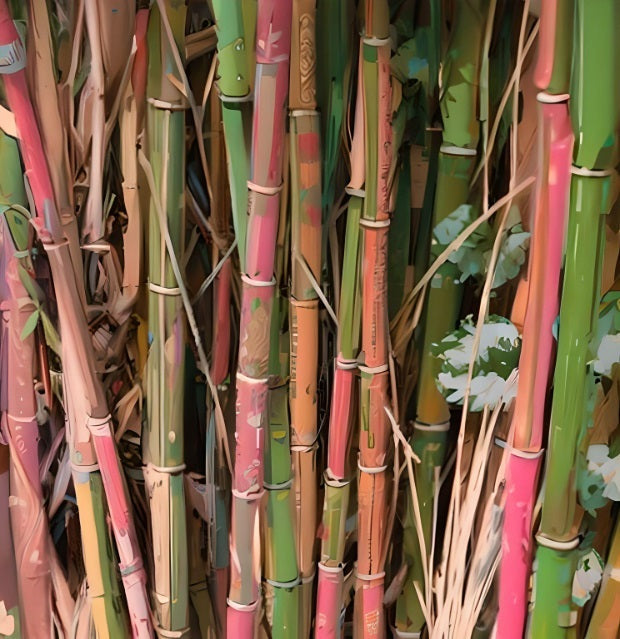
Cold Hardy Bamboo Seeds
A selection of cold resistant bamboo seeds for hardy bamboo able to...
-
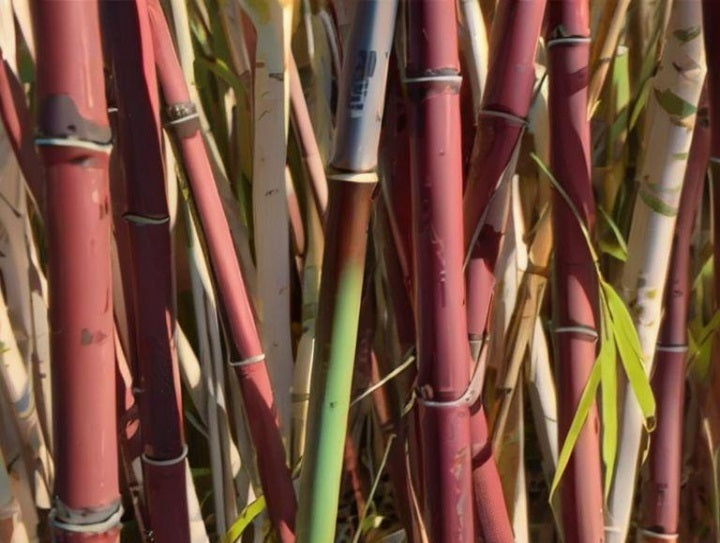
Fargesia Bamboo Seeds - Clumping and Cold Hardy
Buy bamboo seeds for beautiful cold hardy and clumping Fargesia bamboo. Our...
-
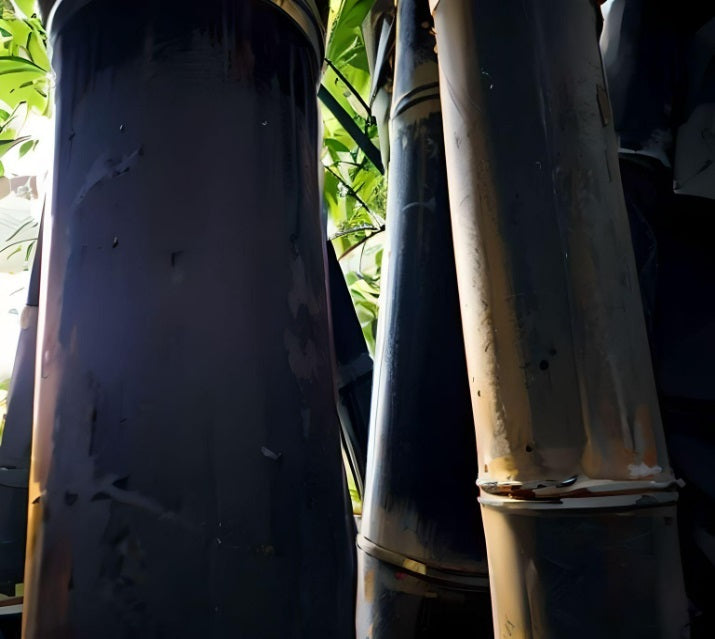
Giant Bamboo Seeds
When you're looking for impressive size with ample shade below, consider fastest...
-
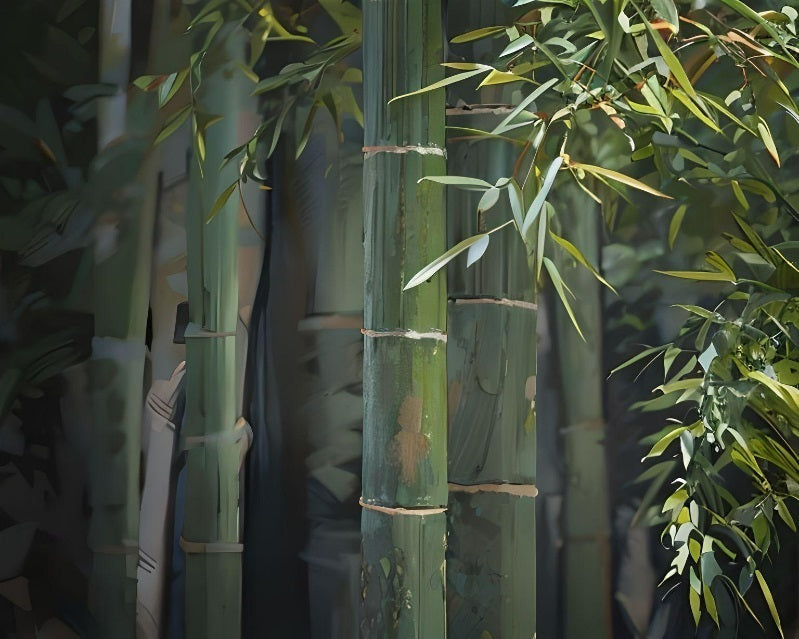
Running Bamboo Seeds
Running bamboo spreads through underground runners, known as rhizomes. These rhizomes can...
-
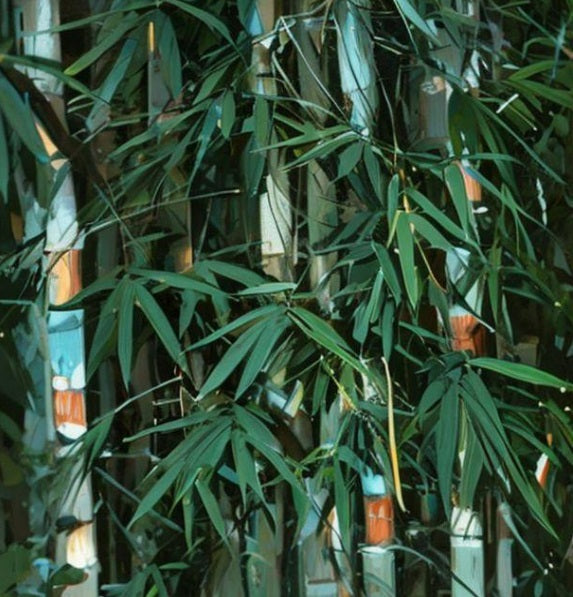
Tropical Bamboo Seeds
Our curated selection of tropical bamboo seeds best suited for planting in...




























